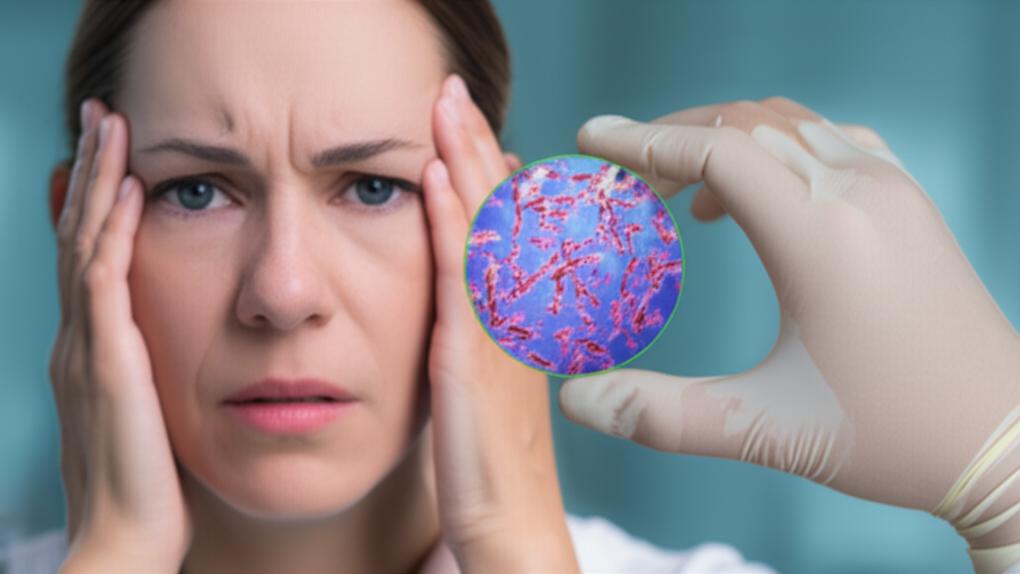It’s not uncommon for someone to come into the clinic feeling a bit anxious, maybe a little embarrassed, and say, “Doc, something just isn’t right… down there.” Often, they’re describing a change they’ve noticed, perhaps a different odor or an unusual discharge. That’s when we might start talking about the complex little ecosystem in the vagina, which includes a bacterium called Gardnerella vaginalis. Understanding this tiny organism is key to understanding a common condition called bacterial vaginosis (BV).
You see, your vagina has its own community of microorganisms, what we call the vaginal flora or microbiome. It’s a mix of different bacteria, and when they’re in harmony, they keep everything healthy and prevent infections. Gardnerella vaginalis is a normal resident in this community.
What’s the Deal with Gardnerella Vaginalis?
Think of your vaginal flora as a carefully balanced garden. Gardnerella vaginalis is one of the plants in that garden. When everything is in sync, particularly with “good” bacteria like Lactobacillus, your vaginal environment stays healthy. These Lactobacillus bacteria help maintain the right level of acidity (a pH between 3.8 and 4.5), which is naturally protective.
For a long time, when scientists first found G. vaginalis back in 1955, they thought it was purely a “bad” bacteria. But we’ve learned a lot since then. It turns out, many people have Gardnerella in their vaginas without any issues at all. The problem arises when this balance gets thrown off – if Lactobacillus levels drop, the acidity decreases (pH goes up), and Gardnerella, along with other bacteria, can overgrow. This overgrowth is what leads to bacterial vaginosis (BV). So, Gardnerella itself isn’t the sole culprit, but its overabundance is a hallmark of BV.
Where Does It Live?
As you’ve gathered, Gardnerella vaginalis lives right inside the vagina. It’s not something you “catch” in the typical sense; it’s a natural part of that internal environment. BV happens when the conditions allow Gardnerella and its associates to multiply too much.
Signs That Gardnerella Vaginalis Might Be Out of Balance
If Gardnerella vaginalis starts to overgrow and you develop BV, you might notice a few things. It’s important to remember, though, that some people with BV have no symptoms at all! But if you do, they might include:
- A thin, off-white, gray, or even greenish vaginal discharge.
- A distinct “fishy” odor, which can seem stronger after sexual intercourse or during your menstrual period.
It’s easy to feel concerned about these changes, but they’re common signals your body is giving you.
Is Gardnerella the Same as Bacterial Vaginosis (BV)?
Not quite, but they’re very closely linked. Having too much Gardnerella is a strong indicator of BV. BV is really about that imbalance I mentioned: too few Lactobacillus (the good guys that keep things acidic) and too many Gardnerella and other similar bacteria. When the Lactobacillus numbers fall, the vagina becomes less acidic (pH might rise to 4.6 or higher), creating the perfect environment for Gardnerella and friends to thrive.
Is Gardnerella Vaginalis an STI?
This is a really common question I get, and it’s an important one. No, Gardnerella vaginalis is not a sexually transmitted infection (STI). You can have Gardnerella and even develop BV without being sexually active.
However, and this is where it can get a bit confusing, sexual activity can be a risk factor for developing BV. We don’t know all the exact causes of BV, but having new or multiple sexual partners seems to increase the chances of that bacterial balance being disrupted. But remember, finding Gardnerella in the vagina is normal; it doesn’t automatically mean infection like it does with many STIs.
Figuring It Out and Getting Back on Track
If you come in with symptoms, we’ll likely have a chat about what you’re experiencing. To see what’s going on, we might:
- Take a sample of your vaginal fluid to look at under a microscope. We can often see specific “clue cells” which are vaginal cells coated with bacteria, a tell-tale sign of BV linked to Gardnerella.
What if I Test Positive for Gardnerella?
Well, pretty much everyone with a vagina will have Gardnerella present if we look for it. So, a “positive” test just means it’s there. It only becomes an issue when it’s part of an imbalance leading to BV.
If we determine you do have BV, it’s important to treat it. Untreated BV can sometimes lead to other issues, like:
- A higher risk of getting actual STIs.
- Complications during pregnancy, such as preterm birth or miscarriage.
- Rarely, pelvic inflammatory disease (PID).
The good news is that BV is usually straightforward to treat. We typically prescribe antibiotics, which can be either:
- Oral pills you swallow.
- Intravaginal gels or creams you insert into your vagina.
We’ll discuss all the options and find what’s best for you.
Tips for a Happy Vaginal Flora
While we can’t always control the delicate balance, there are a few things that can help support a healthy vaginal environment:
- Avoid douching. Your vagina is pretty amazing at cleaning itself. Douching can disrupt the natural balance of bacteria and actually increase your risk of infection.
- Consider using condoms or dental dams during sex. This can help prevent disruptions to your vaginal flora.
- Limiting your number of sex partners may also reduce the likelihood of upsetting that balance.
Does Gardnerella Mean I Have HPV?
Another common worry! No, having Gardnerella or BV doesn’t mean you have HPV (human papillomavirus). Researchers are still looking into all the complex interactions within the vaginal microbiome, but they are separate conditions.
Take-Home Message: Understanding Gardnerella Vaginalis
Let’s quickly recap what’s most important to remember about Gardnerella vaginalis:
- It’s a type of bacteria normally found in your vagina as part of its natural flora.
- An overgrowth of Gardnerella vaginalis, along with a decrease in good bacteria like Lactobacillus, leads to bacterial vaginosis (BV).
- Symptoms of BV can include a fishy odor and unusual discharge, but sometimes there are no symptoms.
- Gardnerella itself is NOT an STI, though sexual activity can be a risk factor for BV.
- BV is typically treated with antibiotics.
- Avoiding douching can help maintain a healthy vaginal environment.
You’re not alone if you’re dealing with this. It’s very common, and we’re here to help you figure things out and feel better.


